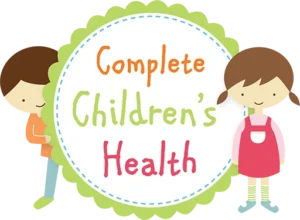The first thing to remember is it’s important to be aware that each child with autism is unique. It is often hard to communicate with them, and non-autistic people have difficulties in reading their social cues and body language. 
Autistic children often take things as they see them and can’t usually see what we are seeing. They often ask lots of questions, and they can be honest and frank and avoid eye contact.
It helps if you speak slowly, be gentle, don’t rush them and don’t expect an immediate response. Use their name, so they know you are talking with them. Speak slowly but don’t talk down to them, use your normal tone. Leave space for them to talk, pause for several seconds and watch for any sound or body movement and respond promptly. The promptness of your response helps them feel the power of communication.
Keep the communication and questions short and straightforward initially so you can gauge the level of conversation required. Be aware that making a joke or being sarcastic many confuse autistic people and you may have to clarify what you have said as they may take it to heart.
Ask them what they would like, as some autistic children don’t like being touched as that can startle them, and it may give them a sensory overload. Whereas others love hugging and feeling close. You need to read the signs or ask them or their parent before any body contact.
Loud voices and noises can also have the same effect as they may have trouble filtering out ambient sounds. Once again read the signs as they may also not be able to recognise that they are being overwhelmed either, but they will look stressed.
Technology and visual supports can do more than take the place of speech. They can foster their development. For example, there are many devices and apps with pictures that can be touched to produce words. Or any visual support that includes images and groups of pictures that an ASD child can use to indicate requests and thoughts.
Children with ASD tend to be self-absorbed and seem to exist in a private world in which they have limited ability to communicate and interact with others successfully. This is sometimes because they have most likely been rejected, excluded, ridiculed or bullied in the past. So if they seem anxious or insecure, this may be due to living in a world that misunderstands them and is often hostile. They have to work a lot harder to reach out to others. Therefore it is essential that we work at reaching back to them with understanding and kindness. Always be reassuring and support people with ASD.
Remember to:
- Keep your communications simple. Don’t overwhelm.
- Don’t force eye contact or touch.
- Encourage special interests, but teach give-and-take in conversation.
- Demonstrate behaviours, allowing time for observation and reflection.
- Pay attention to non-verbal signals.
Remember, at CCH we are here to help
Photo by Jordan Whitt on Unsplash
